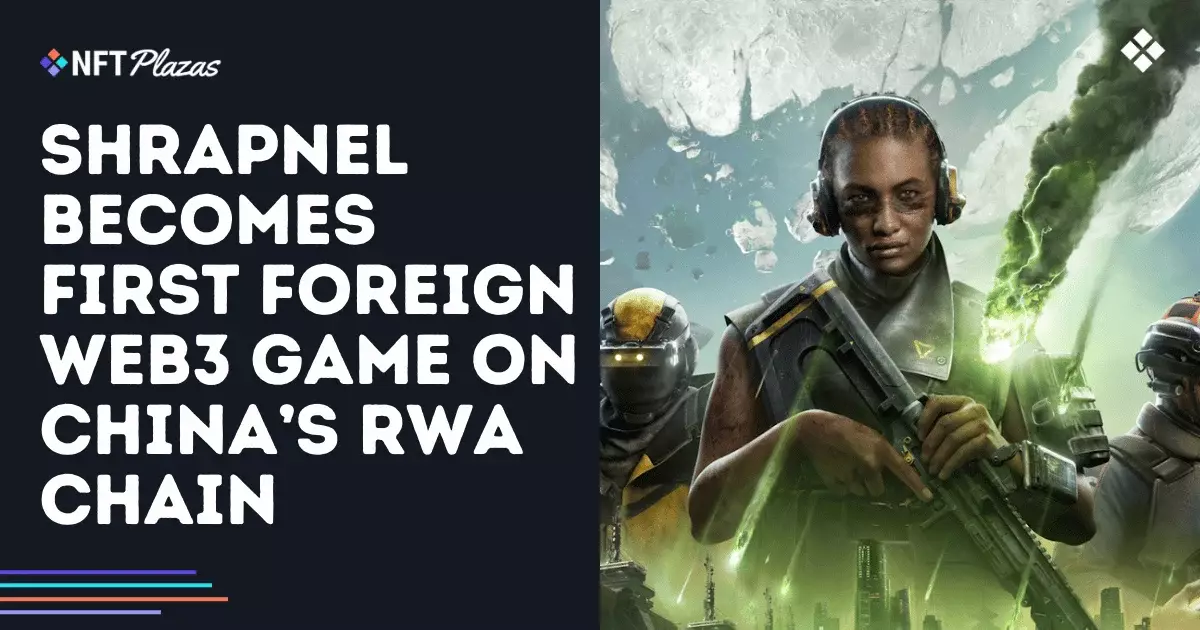In an unexpected yet audacious move, Sweet, the technology company making waves in the NFT digital collectibles realm, has ventured into the territory of interactive gaming with its launch of mini-games on Telegram. This transition aligns with forward-thinking strategies that companies often adopt to retain user engagement and involvement in an increasingly competitive digital landscape. Ice Snake and Glove Hero are the first two entries in this endeavor, aiming to capture the minds of both gamers and sports fans alike. Evidently, the potential for increased fan interaction through gaming is promising, yet one cannot ignore the myriad risks intertwined with such a bold venture.
While the simplicity and retro aesthetic of these games might appeal to a niche demographic, sensitivity to consumer expectations is paramount. By introducing playful, themed game mechanics, Sweet positions itself as an innovator in the NFT space—an impressive feat that, however, raises questions about whether users are prioritizing gameplay or simply chasing digital currency. The attractiveness of earning gems to later engage with a digital currency akin to $SCOR is attractive, but it runs the danger of alienating those who primarily savor the authenticity and validity of official sports branding.
The Underlying Strategy of $SCOR
Sweet’s plan to incorporate the new digital token, $SCOR, through interactive gaming is undeniably ambitious, designed to create a symbiotic relationship between gaming and the already established NFT ecosystem centered on the NHL and MLS. However, the uncertainty surrounding the token’s actual launch and its utility may serve as a double-edged sword. While the allure of $SCOR as a currency enhances user engagement, it raises eyebrows about the sustainability of hype-driven gaming.
The strategic decision to tie a new digital token into a games framework with no official branding may stem from an intent to gauge consumer interest. Though Sweet has set an impressive target of launching $SCOR on The Open Network (TON)—a blockchain primarily identified with Telegram—the real challenge will be how the market receives this token once it enters circulation. The prospect of a capped supply of 4 billion tokens, with specific allocations earmarked for user incentives, points towards a systematic approach in maximizing user experience and engagement. Nevertheless, questions regarding how valuable these tokens will be once they hit the market loom large.
The Future of Fan Engagement
It is key to examine the broader implications of Sweet’s initiatives for fan engagement across various sports. While entering the gaming space complements Sweet’s existing NFT platforms, the takeaway lies in its potential to attract a new audience that might not have been engaging with digital collectibles in traditional contexts. By seamlessly melding gaming and collecting, Sweet hints at a new model of fan engagement that may pave the way for sports organizations and franchises to reassess their digital strategies.
That said, the absence of official branding from major leagues like the NHL and MLS in these initial mini-games could be construed as a lack of confidence or a testing ground without the safety net of established league identity. The real question remains: can Sweet excel in providing sports-themed games that resonate with fans without immediate help from the leagues themselves? It is a bold gamble that could either set a precedent or hamper the company’s initiatives moving forward.
The Potential Crash of Randomized Rewards
The premise of earning gems through gameplay, which fans can later convert into $SCOR tokens, is undoubtedly appealing. However, the harsh reality of cryptocurrency is its volatile nature. With no janitorial guarantees for what these gems will translate to in the real world, users may end up with digital currencies that are worth less than anticipated, possibly leading to disillusionment. While Sweet claims a significant portion of $SCOR will incentivize participation, the framework surrounding the rewards system feels precariously balanced on a foundation of relentless speculation.
In a market rife with failures of token drops and unfulfilled promises, Sweet must tread carefully. Traditional gaming companies often luxuriate in the steady revenue provided by established brands, making this leap into the uncertain waters of self-created economies both ambitious and fraught with peril. While innovation is essential, it may be time for the company to consider whether the risks of a speculative gaming landscape are worth the potential reward. Sure, creativity in monetization is admirable; but if Sweet doesn’t align gamers’ expectations with reality effectively, it risks alienating its most essential asset—its community.















